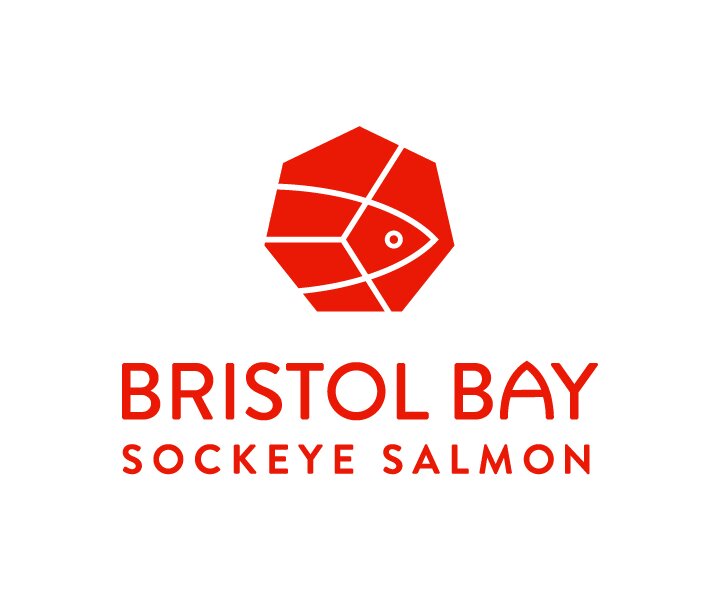AJOC: More of the same a good thing as Bristol Bay gets underway
/from Alaska Journal of Commerce, by Elwood Brehmer
Early indicators are pointing to yet another strong year in the massive Bristol Bay sockeye fishery, which is contrasted against the continued struggles in many of the state’s other large salmon fisheries.
Just more than 3.2 million sockeye had been harvested through June 27, according to Alaska Department of Fish and Game figures, with the Nushagak District accounting for more than half of the catch so far at nearly 1.7 million fish. The 3.2 million-fish harvest to-date this year is between the comparable totals for recent years; 1.2 million sockeye were harvested through June 27 last year, while more than 4.4 million were caught by the same day in 2019.
With sockeye harvests of more than 40 million fish and total runs greater than 56 million sockeye, both of the last two years have been among the most productive in the history of the Bristol Bay fishery.
Dillingham Area Management Biologist Tim Sands said early June 29 that he’s confident there are a lot of fish still making their way to the head of Bristol Bay based on catches in the Port Moller test fishery.
He noted that returns to the Egegik River down the Alaska Peninsula have been particularly strong, with a harvest of more than 1.2 million fish and a total return estimated at more than 1.7 million sockeye through June 27, several-fold more than last year in each category.
“We’re seeing a little bit of a lull here, which we’ve seen the past four years, and it’s supposed to blow (June 30) so I expect things will kick into high gear from then on,” Sands said.
Strong winds blowing up the bay can help push surface-oriented sockeye towards the rivers and nets at the head of the bay.
Sands also said he expects the Nushagak River return to exceed the department’s preseason forecast of nearly 5.8 million sockeye; the run forecast for the adjacent Wood River is nearly 8 million sockeye.
The overall 2021 Bristol Bay sockeye forecast of just more than 51 million fish — while less than actual returns the past four years — would still be 45 percent greater than the long-term average for the bay, according to ADFG.
Sockeye escapement in the Nushagak has already more than doubled the upper end of the department’s optimal escapement goal of 760,000 fish, with more than 1.6 million past the sonar through June 28. Escapement in the Wood River was more than 1 million sockeye as of June 28 as well.
Sands said those large early escapement figures are primarily due to limited early-season commercial fishing time.
“We were trying to protect our (Nushagak) kings and the only way to protect them is to not fish,” he said, latter adding, “We also had a lot of nets out of the water even though it was open,” due to several days of winds strong enough to make fishing impractical and unsafe.
Through June 28 the Nushagak River sonar had enumerated just 20,649 kings, less than comparable run totals for the prior two years when the runs ultimately fell well short of the 55,000-fish lower end of the biological escapement goal.
The Nushagak District king harvest was reported at 1,639 fish as of June 28, according to ADFG. Harvest restrictions have also been implemented in the upriver Nushagak king sport fishery.
Until very recently the Nushagak was one of the few major king-producing river systems in the state to maintain strong returns.
Sands said June 29 that managers will likely increase the frequency of fishing openers soon. He also encouraged fishermen to use nets with a smaller diameter mesh to help control escapement, as the 2021 edition of Bristol Bay are again trending smaller than long-term averages.
Andy Wink, executive director of the Bristol Bay Regional Seafood Development Association, wrote via email that factors are starting to shape up favorably for Bristol Bay fishery participants. Market conditions are good for Bristol Bay sockeye as the season ramps up with high demand, particularly in the domestic retail sector and the early numbers of fish are so far supporting the preseason harvest forecast of 36 million sockeye, according to Wink.
“Retail prices for sockeye are trending up, farmed salmon prices are way up, the dollar is weaker; all things considered market conditions for sockeye look even better than 2019 and 2019,” when final ex-vessel prices averaged $1.60 and $1.54 per pound, respectively, he wrote.
Peter Pan Seafood Co. leaders announced in mid-June that they would commit to pay a base price of $1.10 per pound for Bristol Bay sockeye this year. According to ADFG data, the final ex-vessel price for Bristol Bay sockeye averaged 70 cents per pound in last year’s pandemic-suppressed market.
Under new state-based ownership this year, the Peter Pan is quickly making it common practice to publicize its prices early in a fishery — the same was done in May for Copper River salmon — a departure from tradition in the industry intended to gain support from fishermen.
As for the Copper River, fishing has been more consistent after another slow start and harvest totals so far this year have already exceeded the final numbers in what was a dismal 2020 but are still well below historical averages.
Through June 28, just more than 195,000 sockeye and 6,721 kings had been harvested in the Copper River district over eight openers.
In the Kodiak area, the sockeye harvest totaled 408,761 fish through June 26, according to ADFG figures, while sockeye escapement totals through June 27 at many of the region’s primary rivers were less than recent years.
The total annual Kodiak sockeye harvest has averaged approximately 1.8 million fish over the past 10 years.
Elwood Brehmer can be reached at elwood.brehmer@alaskajournal.com.




